Sunscreen: Fact or Fiction?

When it comes to sunscreen, can you uncover the facts among the fictions?
I've listed below 6 points, some are fact and some are fiction but which is which?
Everything I've written below is based on information provided by Dermatologists, it's not hearsay or the most popular opinion. It's what the skin experts say.
And those experts are Elizabeth Tanzi, MD, from Maryland, David Bank, MD, from New York, and Macrene Alexiades, MD, also from New York.
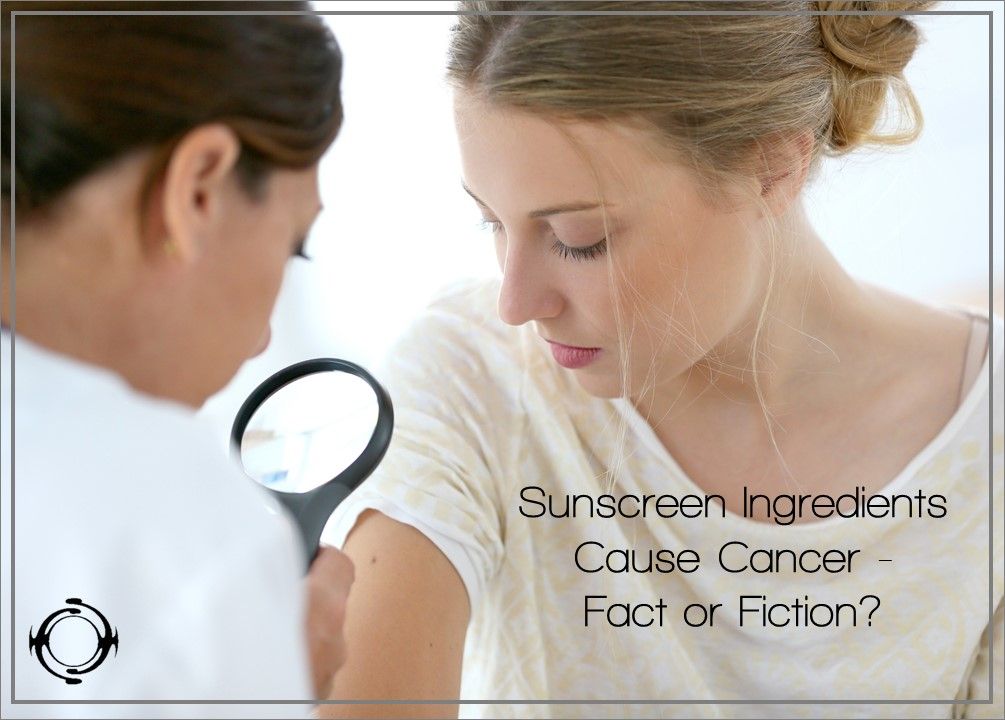
Sunscreen Ingredients Cause Cancer
This is a very common misconception which I've seen mentioned all over the internet. So... it is fiction!
There is no strong scientific study which links the ingredients you find in your sunscreen to the development of cancer.
In contrast there are numerous scientific studies which link excessive exposure to the sun with the development of cancer.
So the long and short of it is: wear sunscreen.
If you are worried about some ingredients in sunscreen, then choose a product which is 'chemical-free' and uses Titanium Dioxide or Zinc Oxide instead.
Don't let a small unfounded fear put your health at risk.
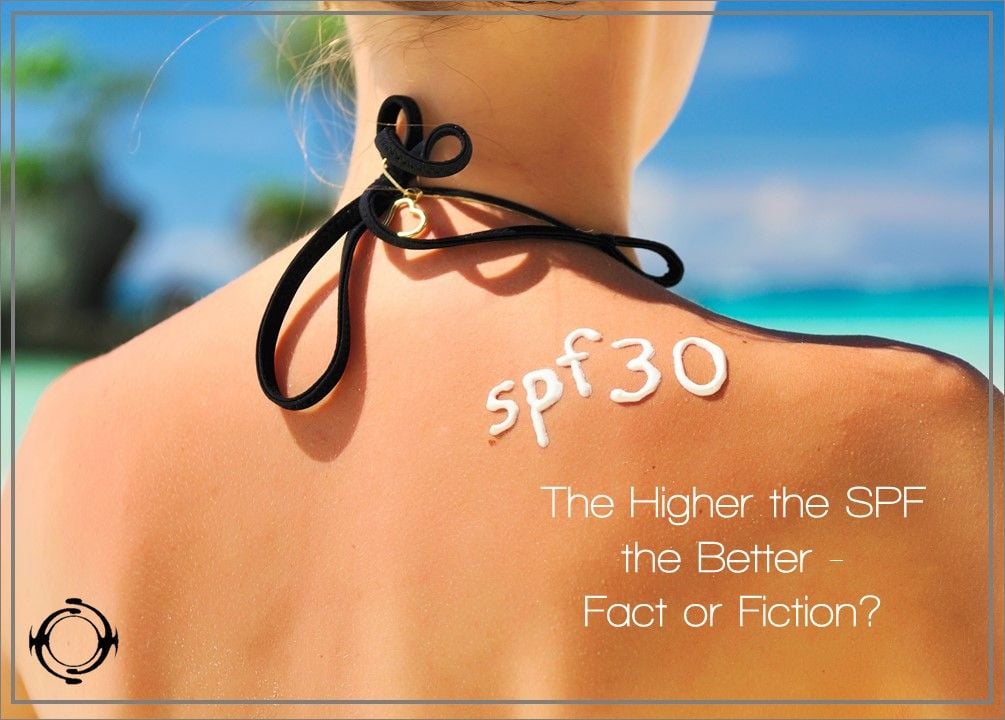
The Higher the SPF (sun protection factor), the Better
Many of us believe that a higher SPF means better and longer protection from the sun. So if you apply a factor 50 suncream, you don't have to reapply it. But this is not the case.
So to state that the higher the SPF, the better is actually fiction.
There's actually very little difference between a factor 30 and a factor 50 product when it comes to the amount of UV rays it blocks. Both products need re-applying after 2 hours.
For best results, apply your suncream 30 minutes before you head outside and then re-apply every 2 hours.
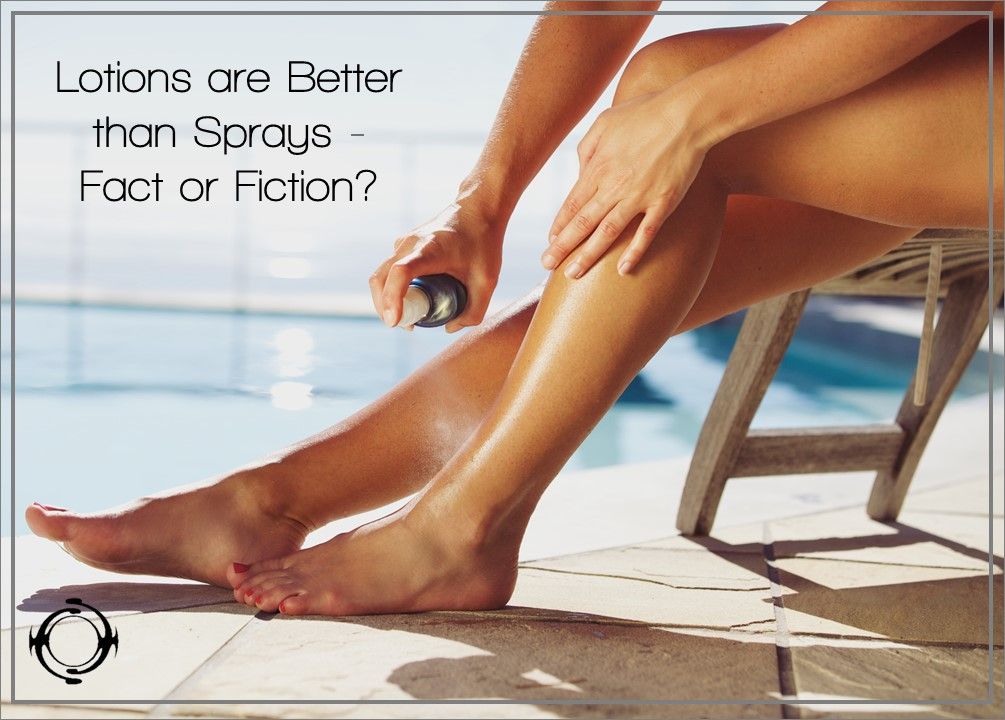
Lotions are Better than Sprays
There is really no difference between lotions and sprays so this is fiction.
Where the 'difference' lies is purely aesthetic - some people prefer sprays because lotions can feel a bit sticky on their skin. If this is how you feel, you may find that you're applying less than you should do. And in this case, then a spray would be the better option.
Personally, I'm a lotion girl every time.
The one time when a spray might have the trump card is when you're already at the beach and haven't yet applied your sunscreen. In this situation you might find sprays the better choice because they tend to be faster to apply.
Whichever product you use, make sure you don't skimp. Make sure you use enough and that your skin is fully protected. It's relatively easy to see if you have applied enough lotion. This is not always the case with a spray. So when applying a spray make sure the area of skin you're applying it to feels wet all over.
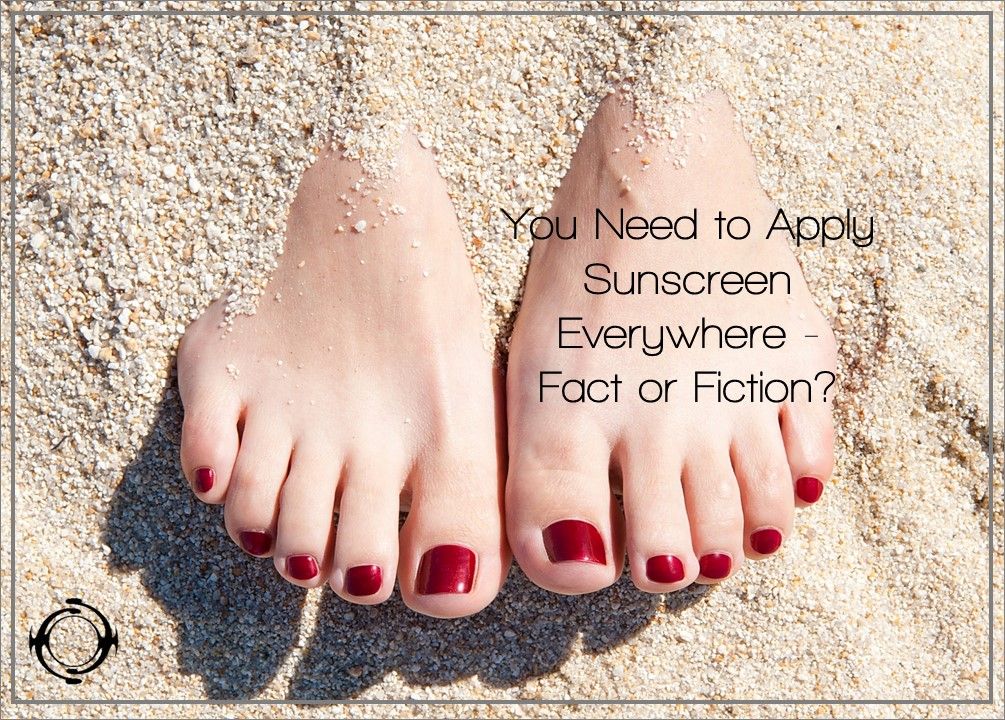
You Need to Apply Sunscreen Everywhere
Whatever part of your body is not covered by clothing, you need to apply sunscreen so, yes, this is fact - you need to apply sunscreen everywhere.
Quite often ladies wearing sandals forget that not all their feet are covered and, therefore, forget to apply sunscreen on the top of their feet. But the sun touches every bit of exposed skin so every bit of exposed skin needs protecting. Overlooking any area could lead to skin damage and cancer.
Often the most worrisome moles appear on the soles of feet or palms of hands, two areas you don't realise actually are exposed to the sun. But they are, especially it you're relaxing on the beach or enjoying a picnic al fresco with your sandals off.
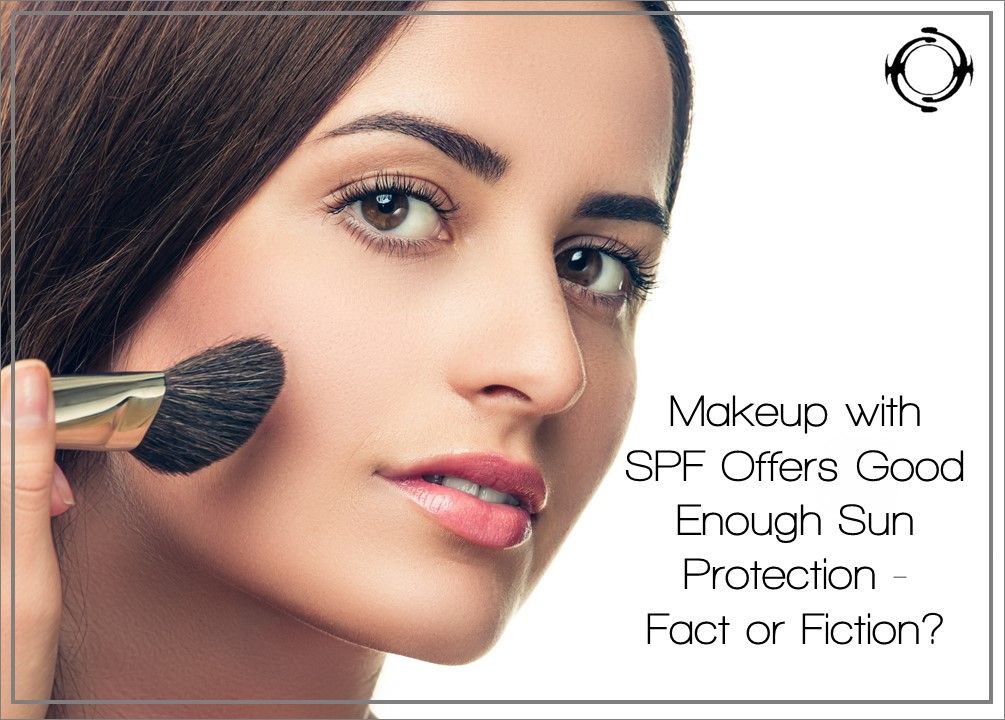
Makeup with SPF Offers Good Enough Sun Protection
Sounds plausible, right?
Actually this is fiction!
Makeup tends to be applied unevenly and tiny patches of skin might be missed so even makeup with SPF may not offer enough protection.
Additionally makeup with an SPF factor will only protect your skin for 2 hours. After that time you need to apply a sunscreen otherwise your skin is exposed to the sun's rays.
The best option is to put on some sunscreen first and then apply your favourite powder or foundation on top. This will ensure your skin will be protected totally and evenly. But remember - you will still have to re-apply your sunscreen after two hours...
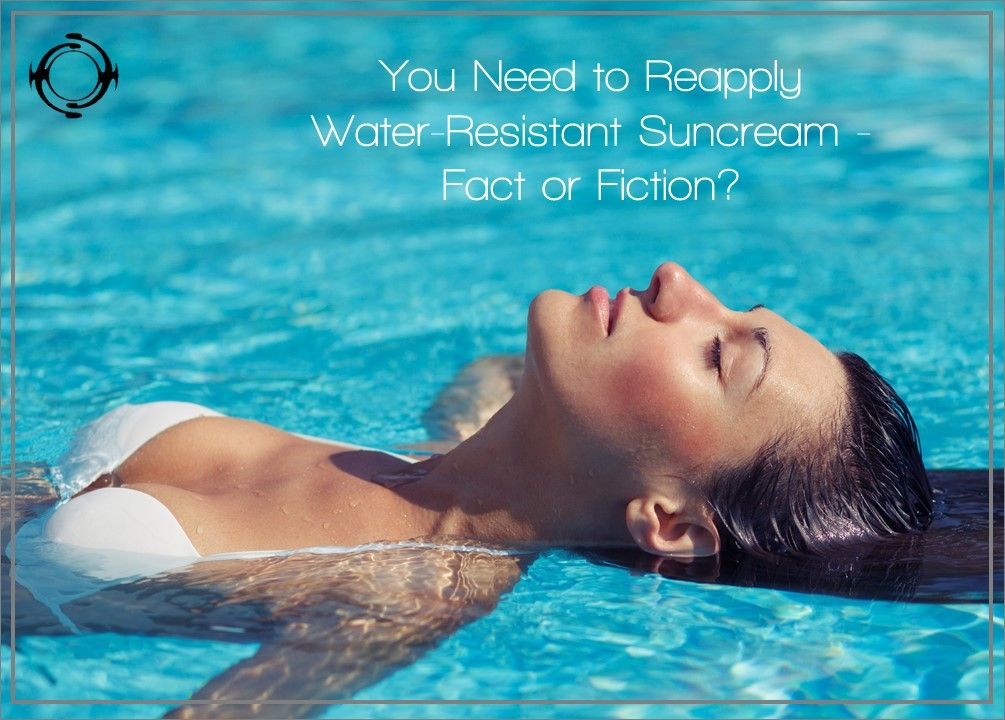
You Need to Reapply Water-Resistant Suncream
Fact!
Water-resistant products must state how much time you should expect to be protected while swimming (or sweating) - either 40 minutes or 80 minutes.
And since June 2012 manufacturers are no longer permitted to claim that their products are either waterproof or sweatproof.
Additionally when you come out of the pool and dry yourself off, you should re-apply suncream to ensure your skin is fully covered as drying yourself off with a towel could remove it.
